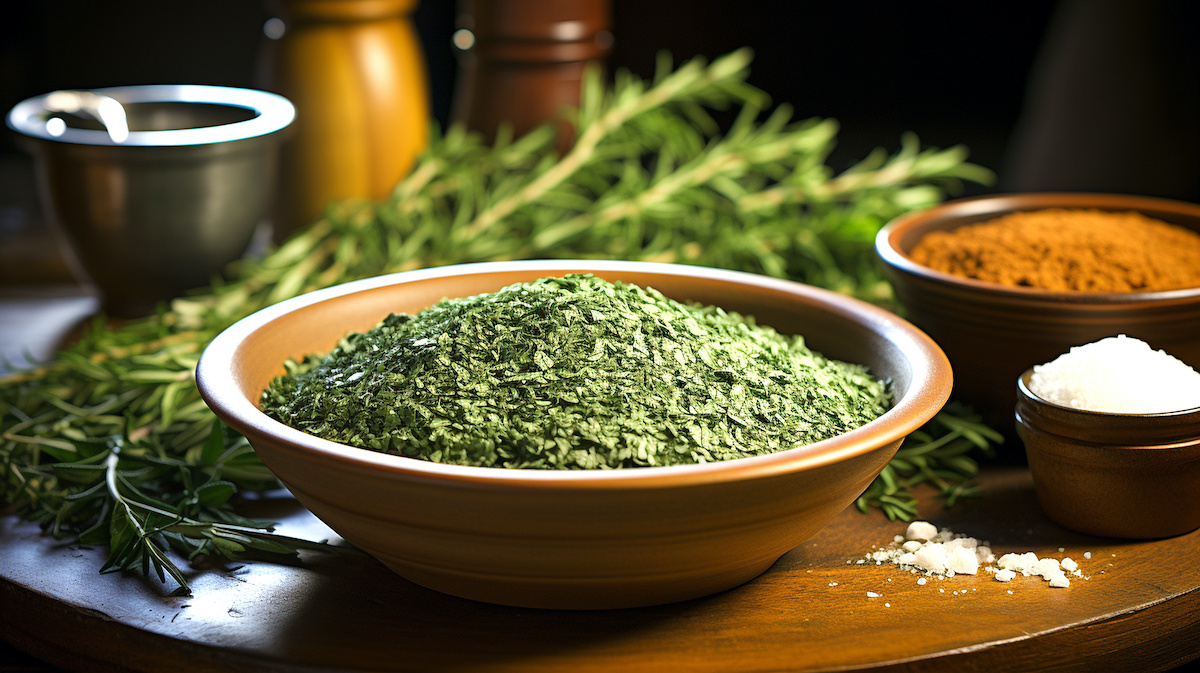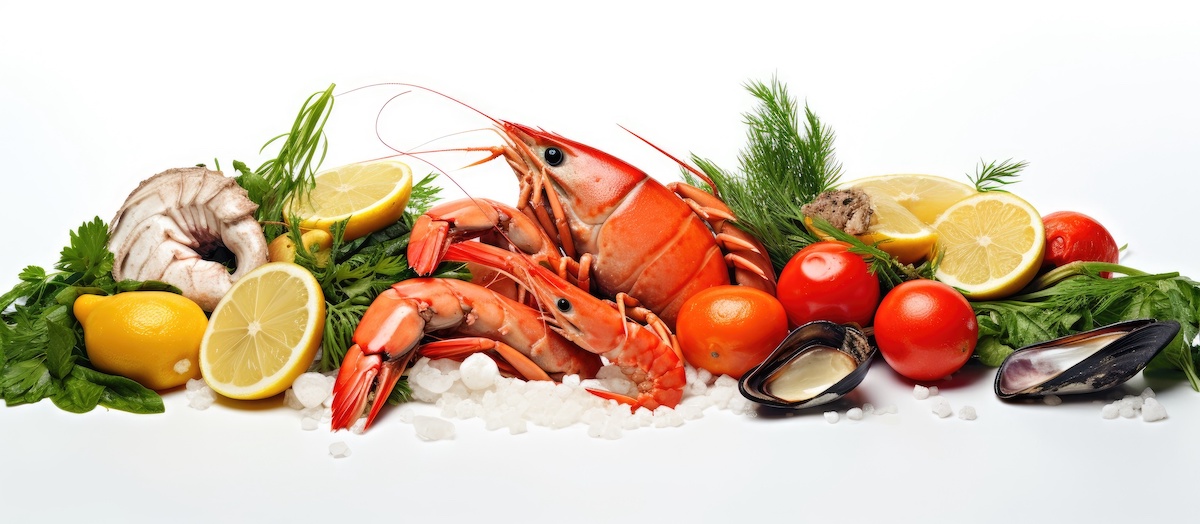
- Excess salt consumption is a known risk factor for developing high blood pressure.
- New research shows swapping regular table salt for a salt substitute could help regulate blood pressure in older adults.
- Salt substitutes help minimize sodium intake while increasing potassium intake, both of which are associated with healthy blood pressure levels.
Overconsumption of salt is a global driver of cardiovascular disease and high blood pressure.
New research indicates that using salt substitutes—flavorful food additives with less sodium—instead of table salt could help reduce the risk of high blood pressure.
An article published February 12, 2024 in the Journal of the American College of Cardiology, found that older adults with blood pressure above normal who used a salt substitute had lower incidences of developing high blood pressure. They also had lower blood pressure overall compared to those who used table salt.
Additionally, incidences of low blood pressure (hypotension), a potential health concern for those with healthy blood pressure, were nearly identical between the two groups.
“This means the salt substitute is beneficial not only to people with hypertension, which has been demonstrated in previous studies, but also to people with normal blood pressure, and that it is safe,” Dr. Yangfeng Wu, Ph.D., senior author of the study.
Salt substitute cuts high blood pressure risk by 40%
Over the 2-year period of the study, researchers found that individuals in the salt substitute group were 40% less likely to develop high blood pressure than the salt group.
Should you reduce your salt intake?
Salt consumption has been associated with high blood pressure and other negative health outcomes such as:
- heart attack
- stroke
- kidney damage
- osteoporosis
Mounting evidence shows that salt substitutes can be a cheap, effective way to reduce salt intake.
Hidden salt in foods
Sodium consumption has less to do with the salt shaker at the table, and much more to do with how foods are processed today.
Only about 10% of sodium intake comes from the salt shaker, the vast majority comes from refined, processed foods and eating out.
“Ultra-processed foods are often very high in salt. Salt substitutes can play a role. However, it is often not my primary behavior change that I am trying to assist with my patients,” said Kristin Kirkpatrick, a registered dietitian at the Cleveland Clinic and author of Regenerative Health.
What is the ideal sodium intake per day?
Salt and sodium are often used interchangeably, but it is important to know the difference.
Table salt is made up of sodium chloride, which is about 40% sodium and 60% chloride. So, in a given amount of salt, say a tablespoon, only 40% of it is sodium, which is why daily recommendations for salt intake differ from sodium intake.
The World Health Organization recommends consuming less than 2,000 milligrams of sodium or 5 grams of salt daily. In the United States, fewer than 2,300 mg of sodium per day is recommended.
Sodium doesn’t come exclusively from salt either, it can be found in preservatives like sodium nitrate and baking soda as well.
Different salt substitutes
On the other hand, salt substitutes, like the one used in the study, replace some of the sodium content with another mineral, potassium, as well as flavorings, such as mushroom, lemon, herbs, or seaweed.
Salt substitutes also show a double benefit by reducing sodium and increasing potassium intake — both of which have been shown to improve blood pressure.
Source: Excerpted from an article by Gigen Mammoser at https://www.medicalnewstoday.com/ articles/salt-substitutes-significantly-lower-high-blood-pressure-risk












